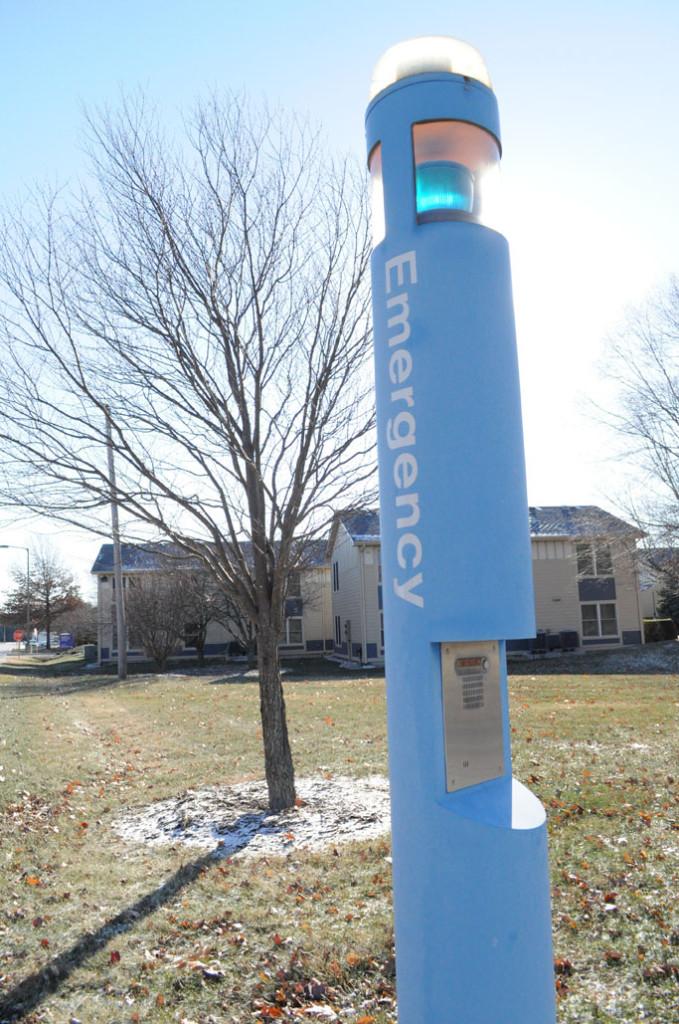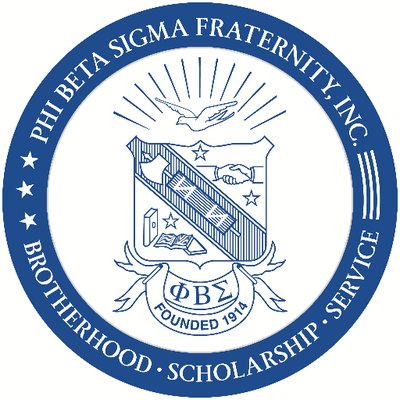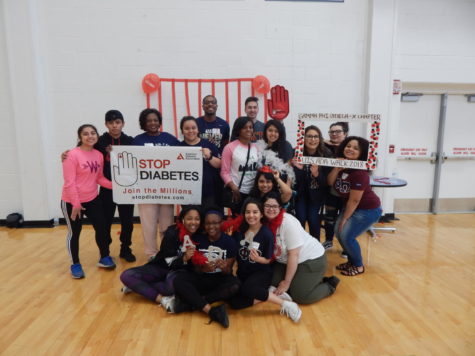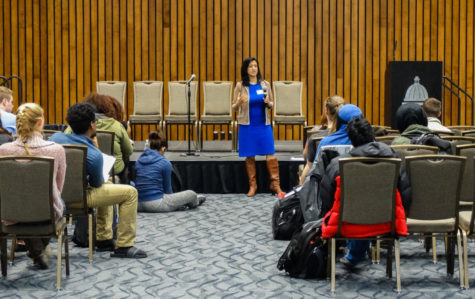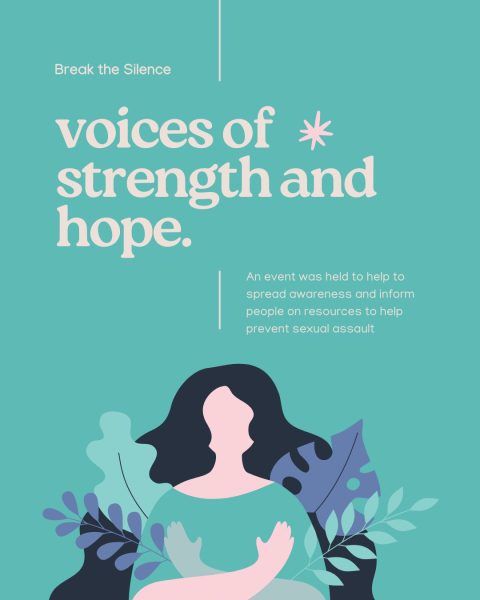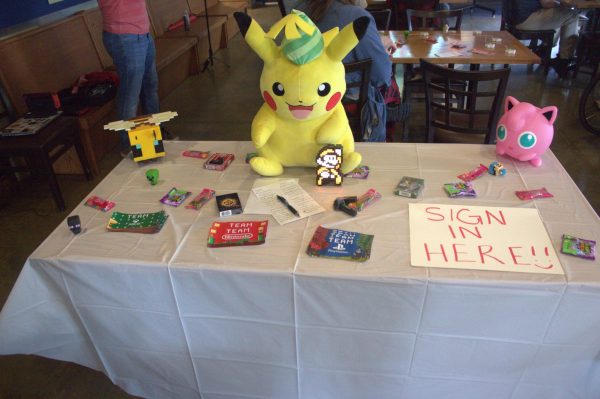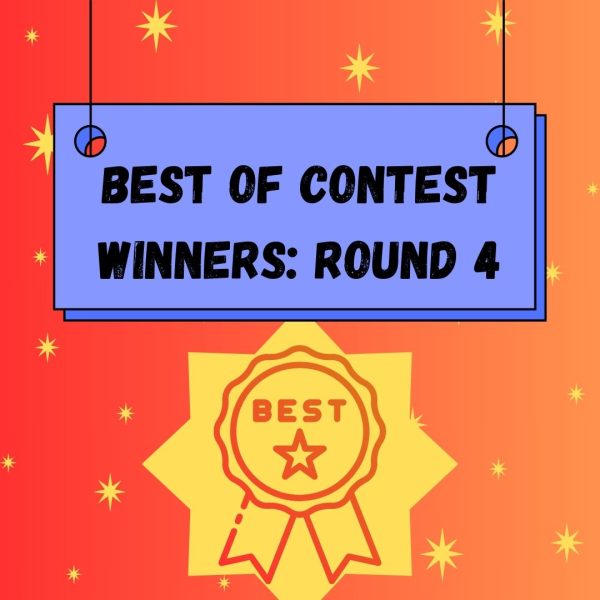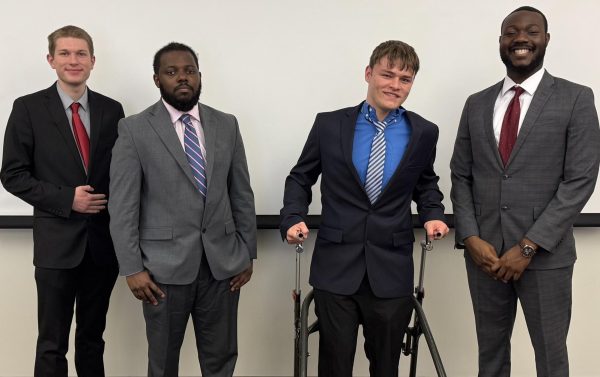Code Blue
Lighting on campus becomes issue for students
Walking to and from class at night can be a scary situation for most students, especially when there doesn’t seem to be enough light to clearly illuminate your surroundings.
Chief of Campus Police, Don Mitchell, advises that students should utilize the Code Blue poles around campus in cases of emergency and need of assistance. The reaction time for police officers averages less than a minute.
Students like junior Shakiah Harris said, “When I leave work on campus at night, it is very dark around the apartment area. There is low lighting. It’s creepy.”
The Code Blue emergency poles are scattered throughout campus, which is approximately 200-acres of building area. There are 23 blue poles available for students to use if they are in need.
Dave Barrows, executive director of facilities and services, draws a comparison to the University of Iowa’s campus, which also uses the Code Blue poles on their campus. U of Iowa’s campus is approximately 3,000 acres and has 22 poles, one less than UIS. Barrows explains that this shows the precautions that UIS is taking to make sure its students are safe.
Last year, Justin Keenan, a senator on the Student Government Association, conducted a walk around campus for the proposition of adding more Code Blue poles in locations that are lowly lit. Though this initial resolution was declined, the future expansion of the campus and the new Student Union may see that some of these issues resolved soon.
Barrows assures that the facilities and services management is in constant communication with the UIS police conducting monthly maintenance checks of the campus light poles and Code Blue poles. Facilities and services management will attempt to put more Code Blues adjacent to parking lots and buildings with the expansion of the campus.
The police department also takes note of the shrubbery and trees that sometimes cover the light poles. If these are seen as an issue, they are often cut back or down in order to get “more light on the ground,” says Mitchell.
Officer David Yemm, who is in charge of the Campus Security Survey, a monthly maintenance survey of the campus, contacts Barrows and facilities and services management in an attempt to have electricians look at the light poles and adjust anything that presents a hazard or unsafe environment.
The new Student Union will also bring more lighting and Code Blues to the surrounding area. The glass that makes the exterior of the building will provide a “beacon” of light, according to Barrows. The windows will provide an illusion and appear as if the whole area is lit as a result of the reflection from the windows.
When the police officers conduct their night patrols, they advise that students not put any posters or fliers blocking the windows of the laundry rooms. It becomes increasingly difficult for officers to see inside of these rooms if these objects are blocking the view.
The Code Blue usage over 2012-2013 has proved to be in little use most of the time and none of the time in the past year for criminal activity. Most of the calls that the police department reports are false alarms, maintenance checks and minor emergency situations.
The police department provides walking escort services for students as well as the “RaveAlert” and “Guardian” phone systems, in which students can receive emergency text alerts through ‘RaveAlert’ and activate a ‘panic button’ that alerts police through ‘Guardian’. Both Barrows and Mitchell want to stress to students the importance of staying safe, smart and aware of their surroundings.
For more information about “RaveAlert” and “Guardian” visit http://emergency.uis.edu



